Diet, Lifestyle and Heart Disease - Cholesterol
Cholesterol is a naturally occurring waxing fatty substance, which is required for many essential functions including the production of hormones, Vitamin D and bile. It is synthesized in the body and is also obtained from dietary sources. Cholesterol is present in foods of animal origin and a diet rich in such food increases the amount of cholesterol present in the body and is one of the main factors affecting atherosclerosis (fat deposits narrowing the flow of oxygen in the arteries).
Cholesterol is insoluble in blood and hence is transported with lipoproteins. There are two types of cholesterol-
- The “good” cholesterol, which is called High Density Lipoprotein (HDL).
- The “bad” cholesterol, which is called Low Density Lipoprotein (LDL).
It is important to know the levels of good and bad types and the difference between them. Too much of one type or too little of the other type can put you at risk for coronary heart disease, heart attack or stroke.
| Total Blood or Serum Cholesterol Level | Risk Factor |
| Below 200 mg/dL | Desirable |
| 200-239 mg/dL | Borderline-High Risk |
| 240mg/dL and over | High Risk |
| LDL Cholesterol Levels | Risk Factor |
| Less than 100 mg/dL | Optimal |
| 100-129 mg/dL/dL | Near Optimal/Above Optimal |
| 130-159 mg/dL | Borderline High |
| 160-189 mg/dL | High |
| 190 mg/dL and above | Very High |
| Gender | HDL Level | Risk Factor |
| Men | <40mg/dL | High Risk |
| 40–50mg/dL | Desirable | |
| 60mg | Some protection from coronary heart disease | |
| Women | < 50mg/dL | High Risk |
| 50-60mg/dL | Desirable | |
| 60mg/dL | Some protection from coronary heart disease |









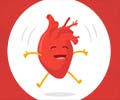



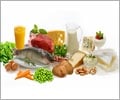
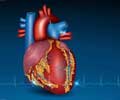
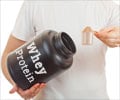


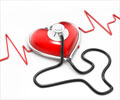
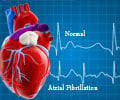







hi i just wanted to know what all foods and drinks can aggravate an enlarged heart !!
Hi there? Am called ssewanyana Augustine i just want the doctors to tell me does wine help in maintaining heart disease? What I mean taking it moderately not taking too much that can relieve people with heart diseases how far is it true?
to me i have alot to say about this major topic. to be sincere heart disease ocure as a result of incovinent lifestyle and lack of normal diet. apart from hereditry factors, if an average human can take normal diet and have an excercise when necesary and normal job, the rate of death by heart disease will reduced. the major causes of heart disease in some cases is poverty. hope you all know what i mean by poverty. state of an unwealthy condition. no money to maintain normal life style, when there is little illness, there will be financial problem to cure it, which may lead to any heart disease.my name ayodele albert. thanks
Hi I am 31 yrs old woman and recently came to know that I am suffering from dilated cardiomyopathy. Can anyone guide me the do's and dont's for patients like me. Also I m a working woman. My job does'nt demand any physical stress. Will I be able to leave a normal healthy life?
thank u for the heart problem life style,am 29 have a swollen heart after giving birth,having difficulties in breathing,am on frusemite ,digoxin ,am always having gastric fluids white like froth coming out,please help